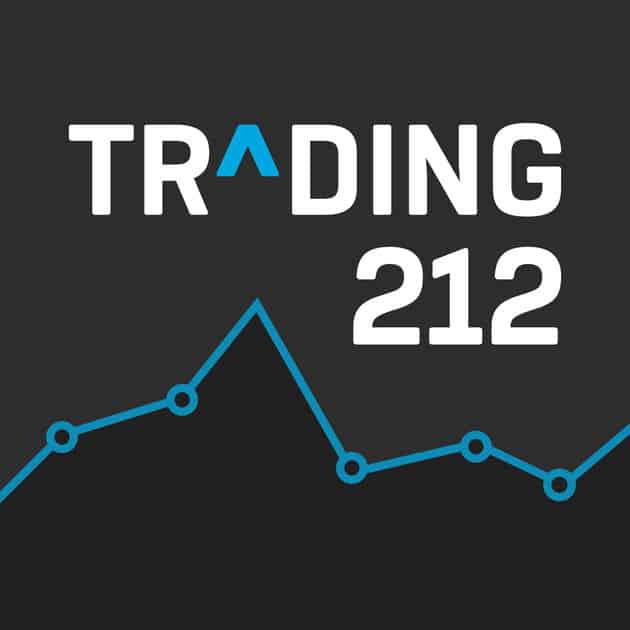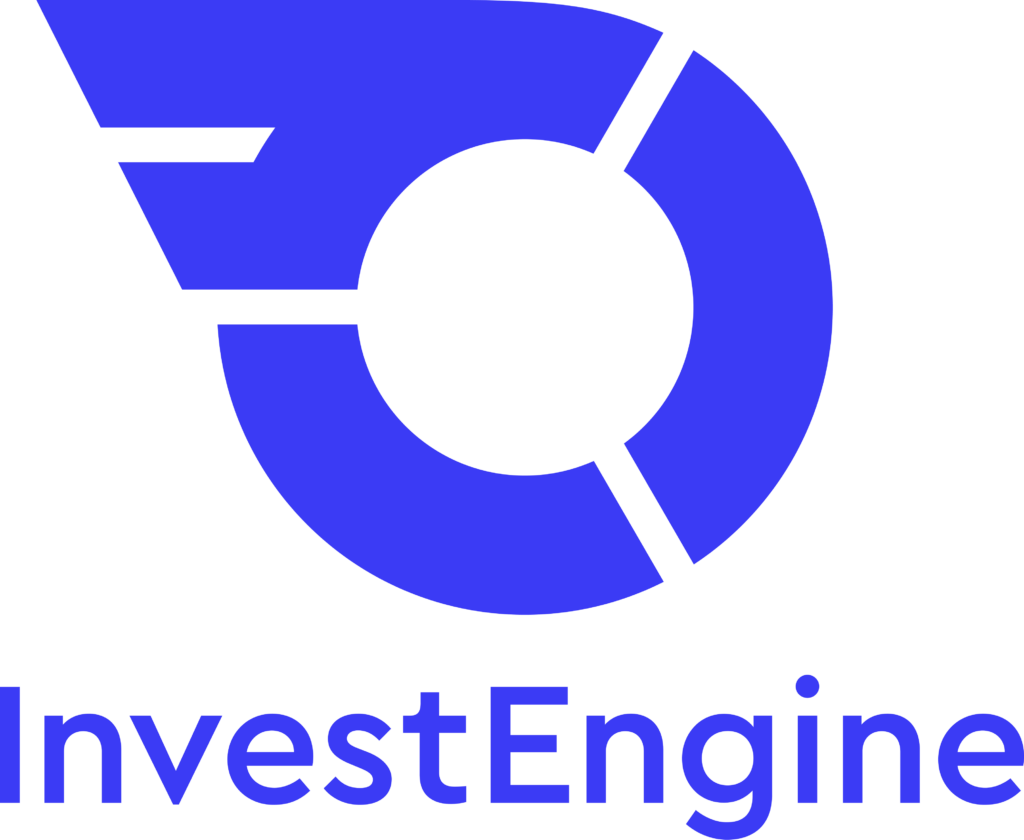Starting to save money can feel overwhelming if you’re not in the habit of doing so, but breaking down the process into small steps makes it easier. Here’s how to begin.
Decide why you are saving, for example an emergency fund, a holiday, house deposit, or retirement. Having a goal in mind makes it easier to stay motivated.
Before saving, understand where your money goes. Review your bank statements and identify areas where you can cut back.
You could use the 50/30/20 rule as a guideline. e.g. 50% on needs, 30% on wants, and 20% on savings. Adjust these percentages to fit your lifestyle.
Set up a standing order to transfer money into a savings account automatically; even £10 a week adds up over time.
Aim for at least 3-6 months’ worth of expenses in an easy-to-assess savings account.
Cancel unused subscriptions, buy groceries in bulk, use cashback apps, and discounts
Some examples of these are listed below:
Best for: general savings, easy to access money
Pros: low risk, often no minimum deposit, usually allows unlimited withdrawals
Cons: lower interest rates compared to other options
Best for: growing savings faster while keeping funds accessible
Pros: Higher interest rates than regular accounts
Cons: May have withdrawal limits or require a minimum balance
Best for: tax-free savings and investments
Types:
Cash ISA- like a savings account but with tax-free interest.
Stocks and Shares ISA- invests in markets, with potential for higher returns, but carries risk.
Lifetime ISA- for first-time homebuyers or saving for retirement, where the government adds a 25% bonus.
Innovative Finance ISA- for peer-to-peer lending, higher risk.
Cons: Contribution limit of 20k per tax year for ISAs, £4000 for LISAs.
Best for: locking away money for a set period, e.g., 1-5 years, for better interest rates.
Pros: higher interest than easy-access accounts.
Cons: cannot withdraw before the term ends without a penalty.
Best for: those who don’t need instant access to their savings.
Pros: better interest rates than easy-access accounts.
Cons: You must give notice, for example, 60 days, before withdrawing money.
Best for: emergency funds or short-term savings.
Pros: money can be withdrawn at any time.
Cons: lower interest rates.
Best for: saving for a child’s future.
Pros: some offer higher interest rates to encourage longer-term saving.
Cons: limited access until the child reaches a certain age.

Get a FREE fractional share with Trading212
Use promo code: MITM (works within the first 10 days of signing up)
Fractional share worth up to £100. Capital at risk. Terms apply

Get a Welcome Bonus of up to £50 when you invest at least £100 with InvestEngine

Consolidate your Pensions with PensionBee
Keep your pensions all in one place with this simple to use Pension service.
Manage your money better with MoneyMonitor
I personally built this website to allow me to bin my spreadsheets in favour of something a little easier to use. It’s completely free of charge.